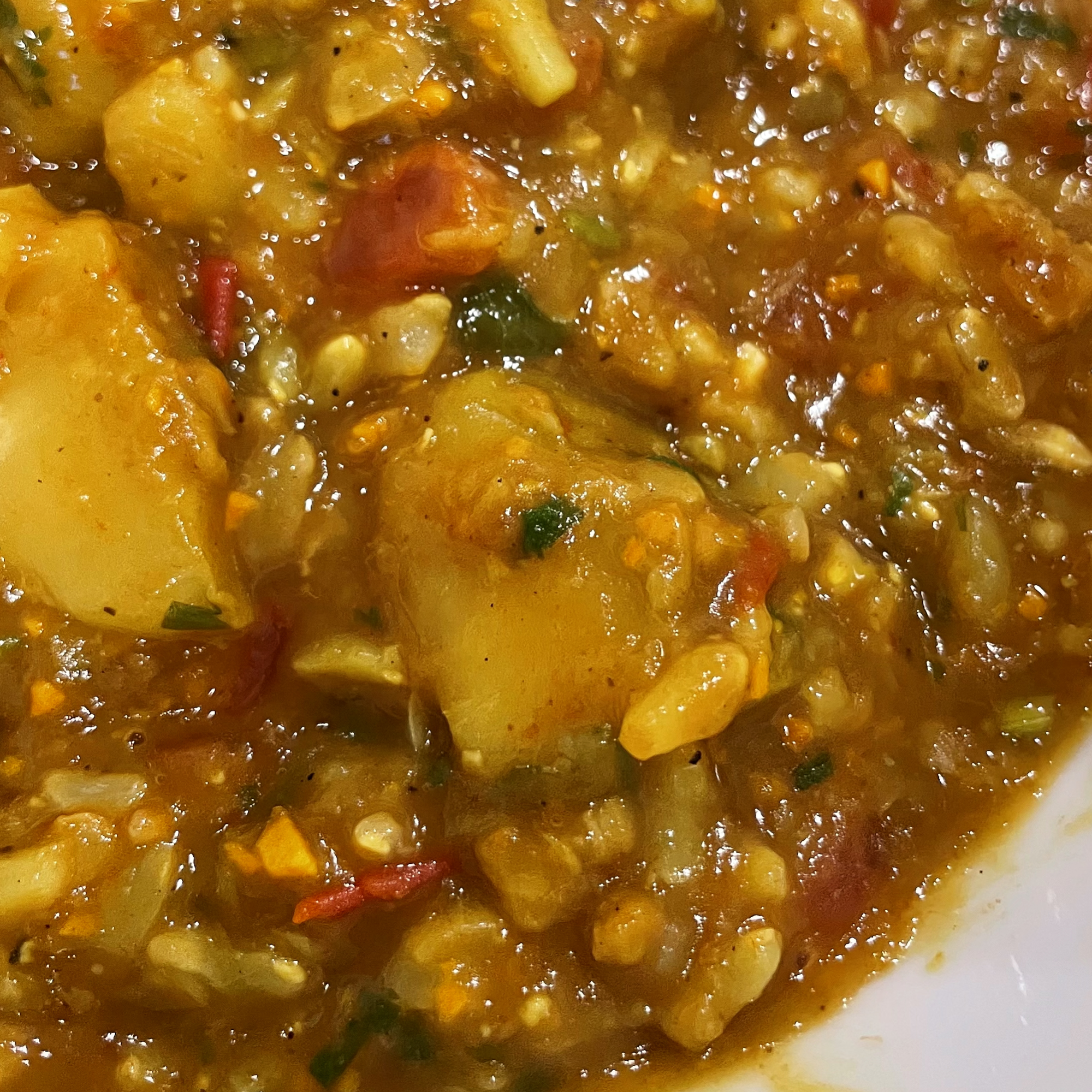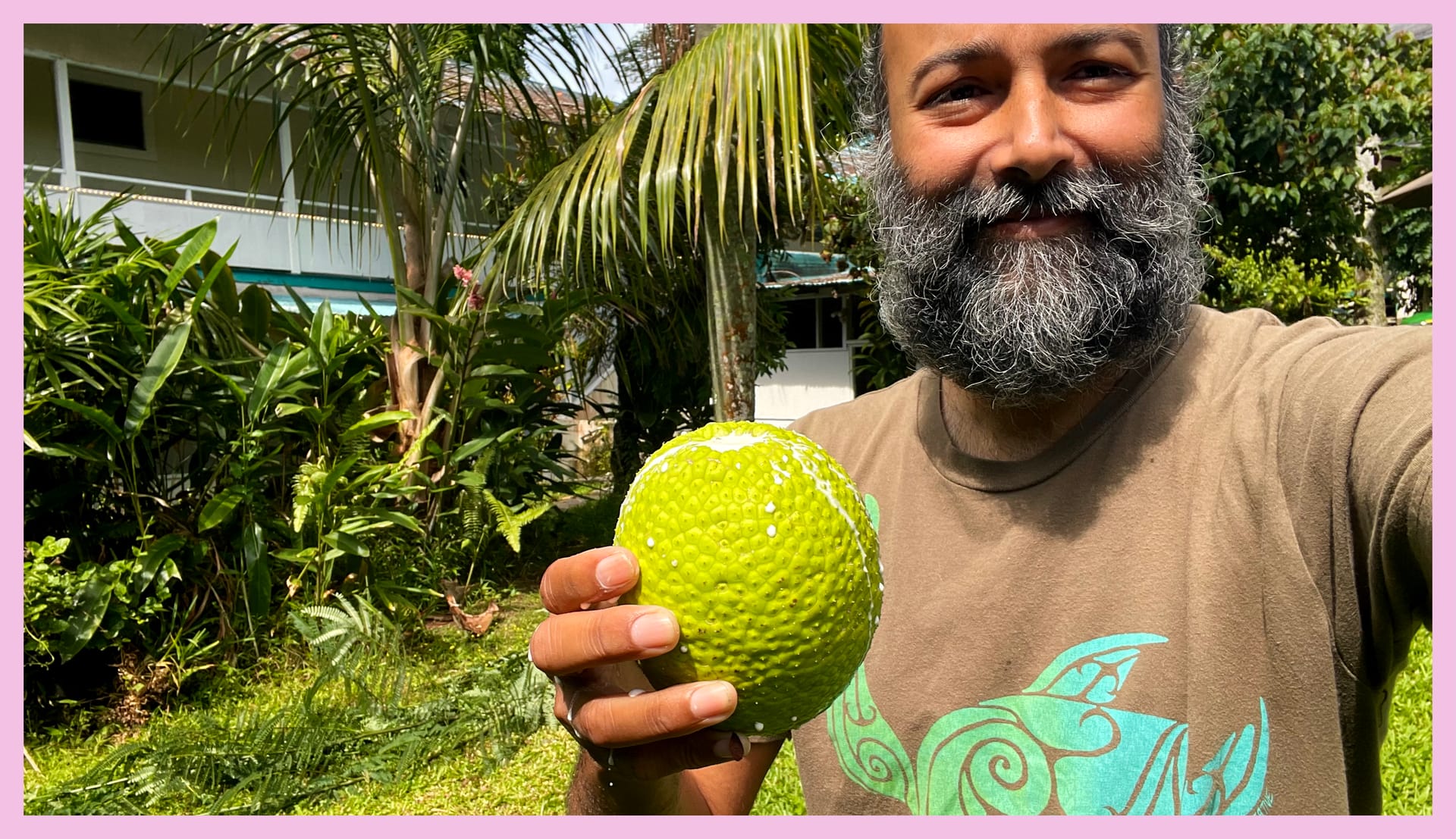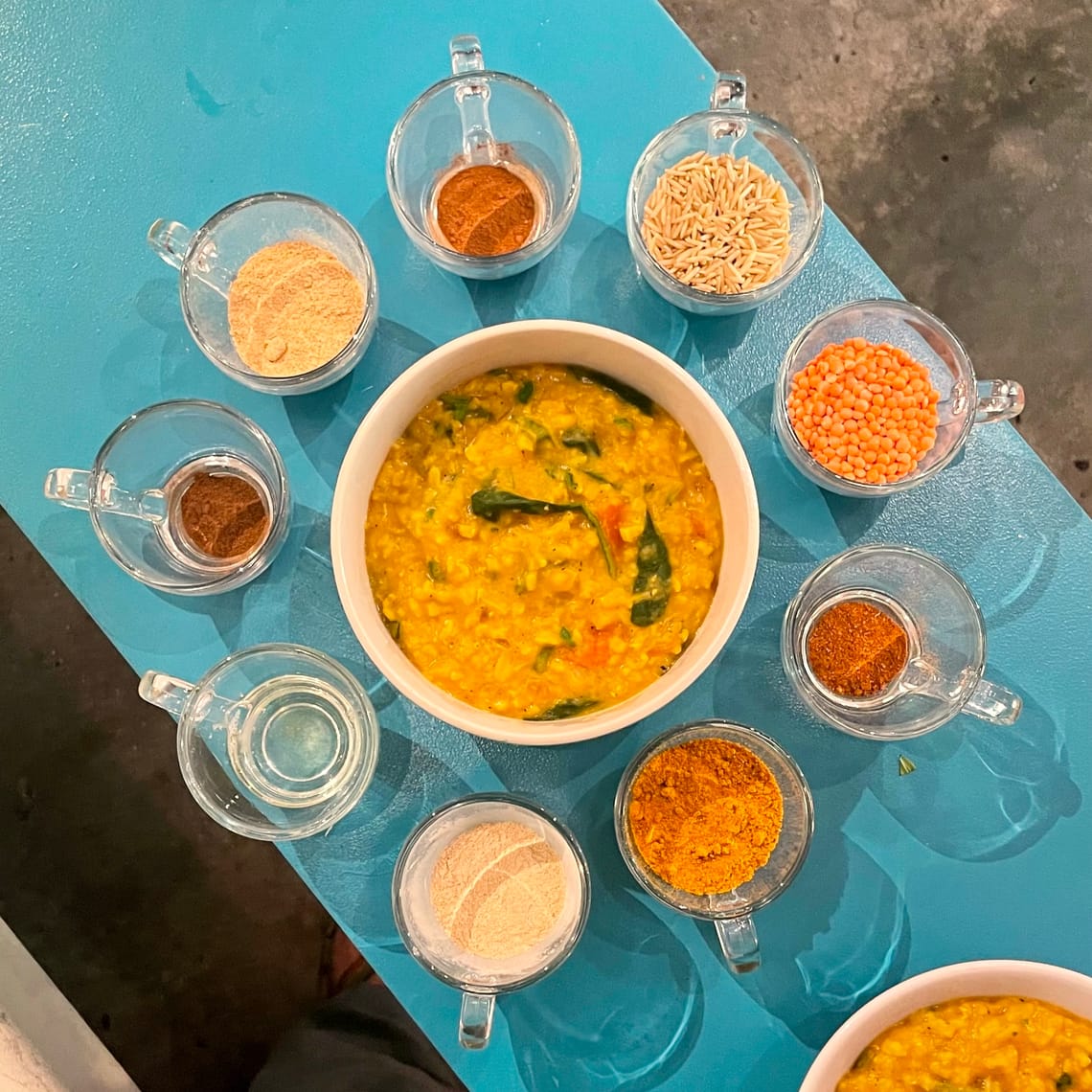We enjoyed the pleasure of cooking with Ulu, also known as Hawaiian Breadfruit, for the first time last week. A luxurious, creamy potato-like fruit when it is not fully ripe, this delicious little gourd-like is packed with a nutrient combination that is very nourishing, very tasty and very versatile. Grateful to local Ulu farmers and the ‘āina sharing Ulu with us. Yet another beautiful gift from Mother Earth reminding us how being present where we are, caring for the land, learning from plants and taking care of our health all lead to Peace, Love and Joy within and for the world.
This article is the first in a series on building bridges between regenerative agriculture communities and places that need life-giving food that heals the soil, soul and society — schools so children can be at ease and learn well, shelters & hospitals so folks healing can have the absolute best, tastiest, vibrant energy going into their bodies, uplifting their minds, hearts and spirits as well as restaurants serving broad sections of society to establish mutually beneficial connections between local communities, economies and regenerative farmers.
Please enjoy the following health benefits of Ulu in the spirit of Peace, Love and Joy within and in the world. The combination of high-fiber starch, essential amino acids and low sugar as well as its use like a potato when unripe and sweet banana when ripe make Ulu a very hearty staple food useful in numerous culinary dishes for a variety of meals.

The following text is sourced from ChatGPT, references included.
Traditional Hawaiian Lāʻau Lapaʻau (Holistic Plant Medicine) Perspectives on Ulu
In Hawaiian culture, the breadfruit tree (‘ulu) was revered as both food and medicine. Early Hawaiian sources note that the ‘ulu tree “figured prominently in Hawaiian spiritual life” and served as a “ready source of food and medicine” [ctahr.hawaii.edu]. In legends and song, ʻulu symbolizes growth, resilience and sustenance (its name means “to grow”). As a staple starch, ʻulu kept communities nourished (even during famine) and its abundant calories and nutrients helped sustain strength. Modern analysis shows the fruit is rich in complex carbohydrates, dietary fiber and vitamin C [heart.org], explaining its reputation as lifetime nourishment. Hawaiian healers traditionally used every part of the tree in remedies. The sap and bark were often applied to wounds, fractures and skin ailments, and milky sap mixed with ashes or other plants to treat ulcers, mouth sores and deep cuts. The leaf buds were used, for example, to treat thrush, and large leaves were even placed under sleeping mats for their purported healing “powers”. The fruits themselves were eaten in ways that supported health: as a filling, low-fat starch high in fiber (three times the fiber of brown rice [heart.org]), they promote fullness and steady blood sugar.
- Key Nutrients: Rich in complex starches, dietary fiber and essential amino acids, with notable vitamin C and B‐vitamins. ʻŌlulu is very low in fat, sodium and cholesterol, and provides plant protein (its protein contains all essential amino acids).
- Traditional Health Uses: The fruit and tree parts were used to support digestion and vitality (the high fiber promotes gut health and sustained energy), and as a general tonic. In lāʻau lapaʻau, ʻulu preparations were thought to cleanse and strengthen the body. For example, the root or ripe fruit could be used as a mild laxative (purgative). Bark or sap poultices treated skin rashes, ulcers and infections; sap was even applied to repair damaged teeth or fever blisters. The leaf buds helped resolve oral yeast infections (thrush). Overall, ʻulu was believed to build strength and immunity, in keeping with its role as a nutrient‐dense staple.
- Support for Health Conditions: By providing fiber and antioxidants (including vitamin C), ʻulu contributes to heart and metabolic health – for example, its fiber helps lower cholesterol and glucose absorption, supporting healthy blood lipids and blood sugar. In traditional contexts, it was valued for healing digestive complaints, skin diseases, and as part of recovery from illness or injury. Its gentle, nourishing nature made it ideal to feed the weak or recovering (e.g. fermenting ʻulu into porridge for the sick).
- Practical Uses: Traditionally, ʻulu was cooked in myriad ways. The starchy fruit can be peeled, steamed or boiled and pounded or mashed much like poi, or cubed into stews and curries. It is often roasted in an underground imu or fire, which caramelizes the sugars when ripe. Ripe ʻulu becomes sweet and may be eaten as dessert or used as a natural sweetener, even replacing added sugar or butter in cooking. The fruit is also dried and ground into gluten-free flour for breads and pastries. In modern Hawaiian institutions (like hospitals), it is sometimes served as a healthful vegan/staple option (for example, tofu-ʻulu stir-fry). In all cases, ʻulu is integrated respectfully into the lā‘au lapa‘au ethos – as medicine for body, mind and spirit – often accompanied by prayer (pule) and traditional chanting.
Have you encountered Ulu on your travels? Say more in the comments below…



